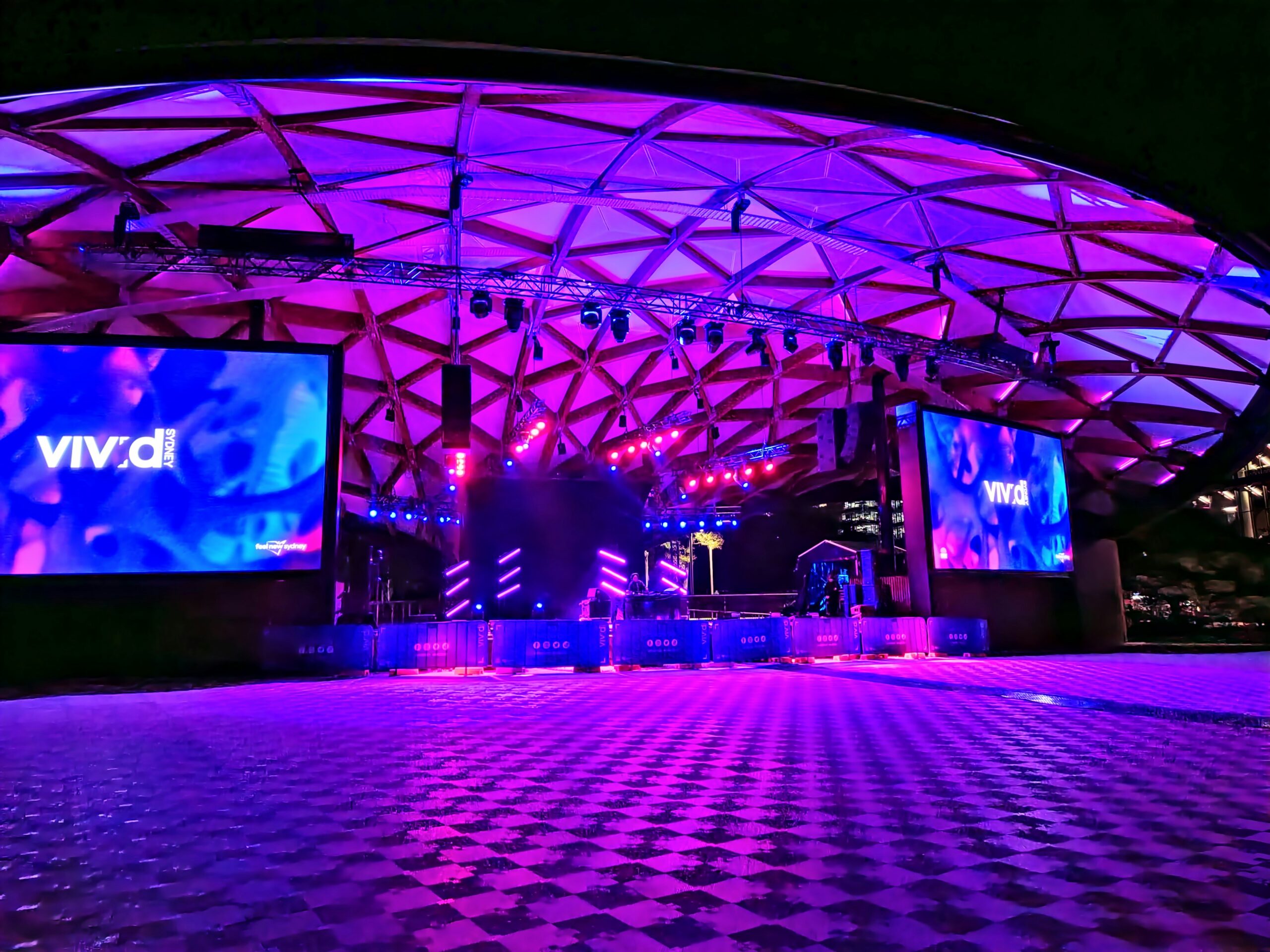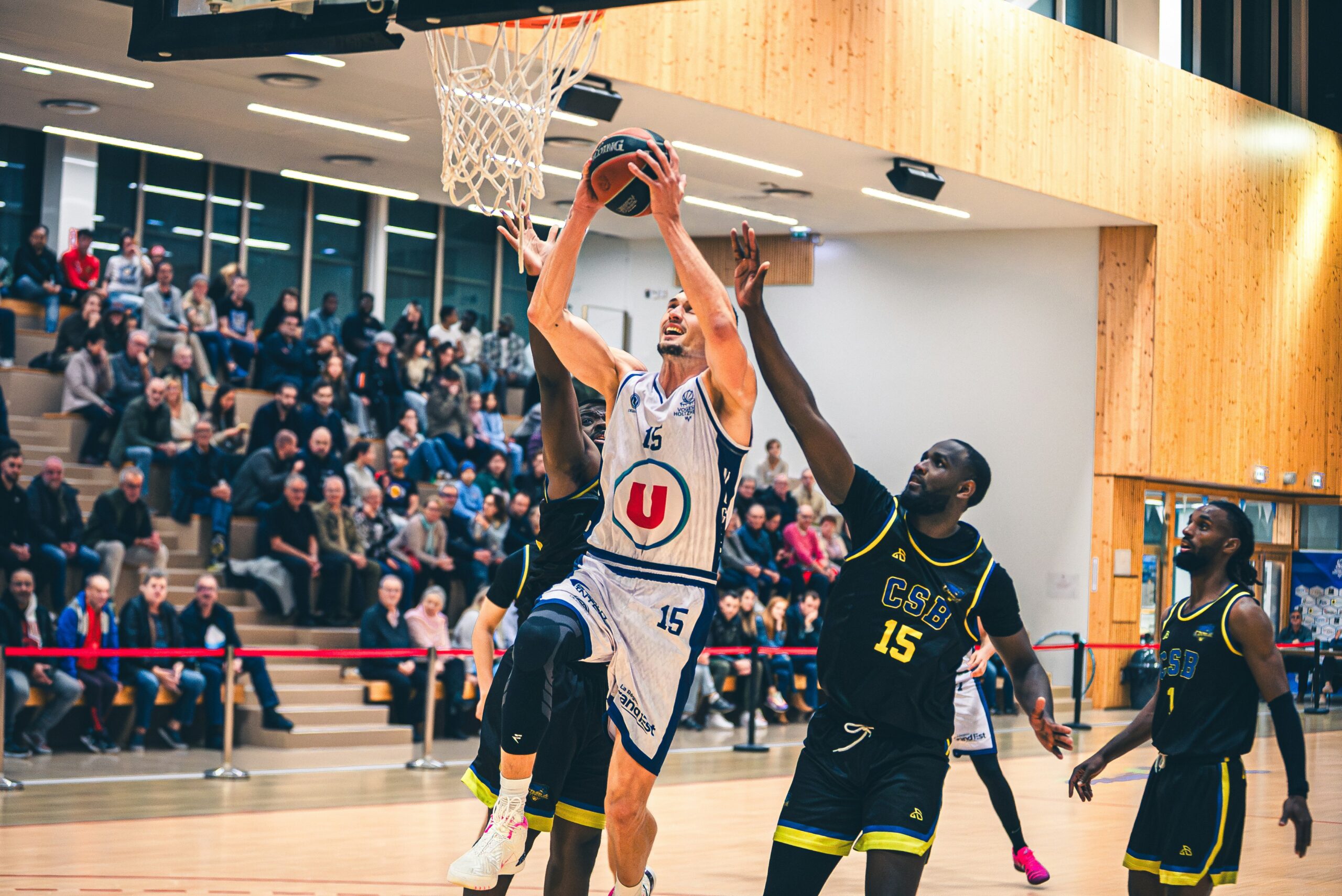We’ve all been there-the layout’s not right, you can’t get hold of the tech team… even the best venues can miss the mark — not because they’re bad, but because most briefs don’t give them the full picture. A good brief doesn’t just describe what you’re booking — it tells the venue why it matters. Here’s what we’ve learnt after 25 years in events to make your brief a slam dunk:
A great event brief helps the venue see the experience through your delegates’ eyes. Here are our expert tips on how to brief a venue so you actually get what you need.
- Start with the “why”
 Is this a kick-off, a leadership summit, or a reward trip? Each has a completely different energy. A Presidents Club dinner wants atmosphere and applause moments; a sales meeting needs focus and flow. Lead your brief with purpose — not logistics. The best venues will use that to guide creative solutions you didn’t even know were possible.
Is this a kick-off, a leadership summit, or a reward trip? Each has a completely different energy. A Presidents Club dinner wants atmosphere and applause moments; a sales meeting needs focus and flow. Lead your brief with purpose — not logistics. The best venues will use that to guide creative solutions you didn’t even know were possible.
- Paint a picture of your audience

Who’s coming? What do they expect? Hybrid-savvy execs want power sockets, bandwidth and a social media moment. Field teams might just want daylight, good on site accommodation, coffee and fresh air. The more clearly you describe your crowd, the easier it is for a venue to shape the experience around them.
- Define the atmosphere
Use mood words — they’re gold.
Say: “We want it to feel like a private members’ club meets innovation lab,” or “Think relaxed coastal luxury with crisp production.” If you can help a venue team visualize the event, they can deliver it.
- List your non-negotiables
This is where great planners come into their own.
Get specific: ceiling heights, rigging points, access times, branding zones, green room requirements, power drops, rehearsal windows, Wi-Fi speeds. If it’s critical to your event, put it in the brief — not in a footnote.
- Talk about “flow
How will people move through the space? Can you turnaround a plenary layout to dinner in an hour? Is there a natural networking zone? Ask to walk the delegate journey during your site visit. You’ll spot pinch points before they become problems.

Pro tip: Show, don’t tell
Venues respond best to visuals. A one-page deck with images and mood boards beats a five-page Word doc every time. Include floorplan sketches or reference shots of similar setups.
And always include a single-line brief on outcomes, not just outputs:
“We want people to leave feeling energised, connected and proud to be part of the business.”
That one sentence will do more for your event than any spreadsheet ever will.
The takeaway
A strong venue brief isn’t about control — it’s about collaboration. The clearer your vision, the more creativity and flexibility the venue can offer back. If you need some advice or would rather just hand it over to someone to do it for you, we’d love to hear about your next event. Call us on +44 7885 608165 to talk through you next event.
